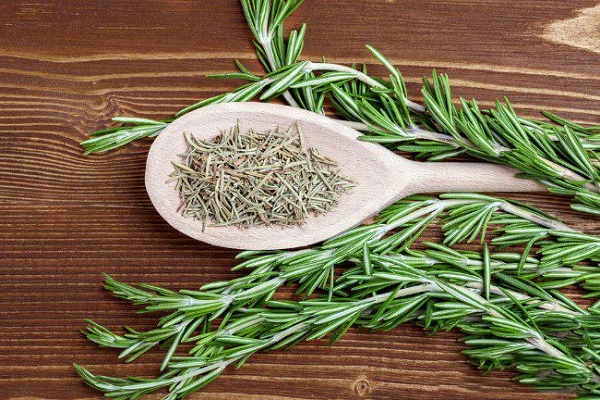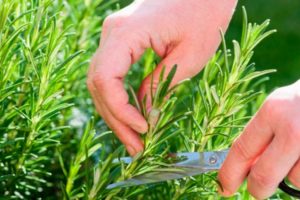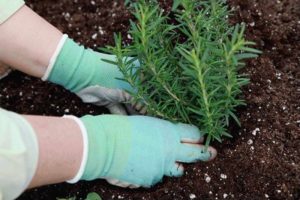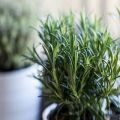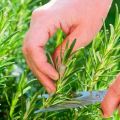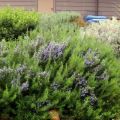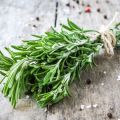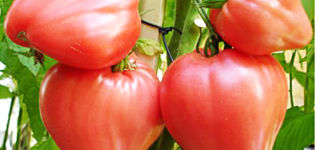Growing rosemary in the Leningrad region in the open field and in a pot
The climate in the Leningrad region is transitional - from maritime to continental, the weather is unstable. For the eastern regions, the average temperature in January is -10 ° C, in the west it is about -6 ° C, so growing rosemary in the Leningrad region has its own characteristics.
The specifics of growing rosemary in the Leningrad region
Rosemary is growing in popularity. Gardeners appreciate it for its decorative qualities, medicinal properties and original spicy taste. As a seasoning, it is used in the preparation of fish and meat dishes, it is part of a mixture popular among culinary experts - Provencal herbs.
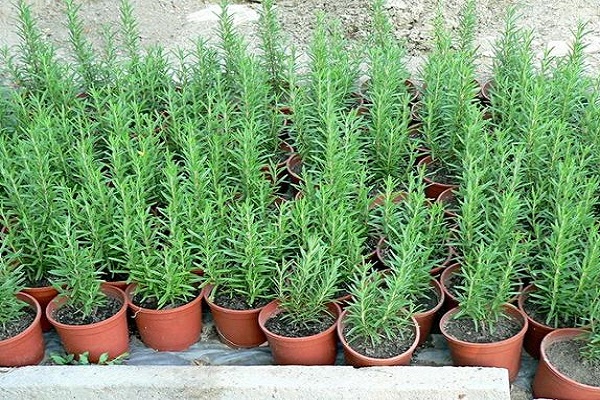
Rosemary comes from warm Mediterranean countries, so only enthusiasts grow it in St. Petersburg and the Leningrad Region. The shrubs cannot withstand winter in open ground even under cover; short-term frosts down to -5 ° C are fatal for it.
Rosemary seedlings (bushes) are planted in open ground in the spring after the onset of warm weather, and in the fall, before the onset of the first frost, the plants are dug up, planted in pots of a suitable volume and sent to winter.

It is important to choose the right time for the autumn transplanting of rosemary into a pot, not to wait for low temperatures. So that the plant does not have stress from the temperature difference, transplant when the average daily temperature is about 10-12 ° C.
The mistake of many novice gardeners is keeping the plant in rooms with temperatures above 20 ° C. Such conditions are detrimental to rosemary. It winters well in bright, cool rooms, where the air does not warm above 10 ° C (maximum 15 ° C). If there is an opportunity to create such conditions for wintering for him, then there will be no problems with growing.
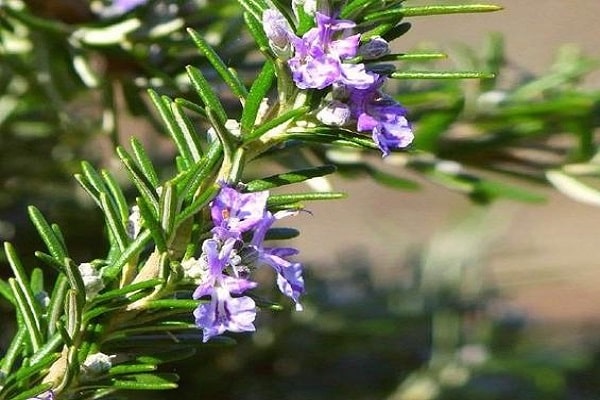
Plant propagation method
The shrub propagates vegetatively (cuttings, division of the bush, layering) and seeds. You will have to spend a lot of time to grow seedlings from seeds. As practice shows, you need to purchase planting material from different manufacturers. Their quality is different, and there are many complaints about poor germination.
For example, the seeds of one company sprout unevenly and after 3 months, and the other - amicably and after a month. We conclude: sowing material from different companies increases the chance to grow seedlings. For sowing you will need:
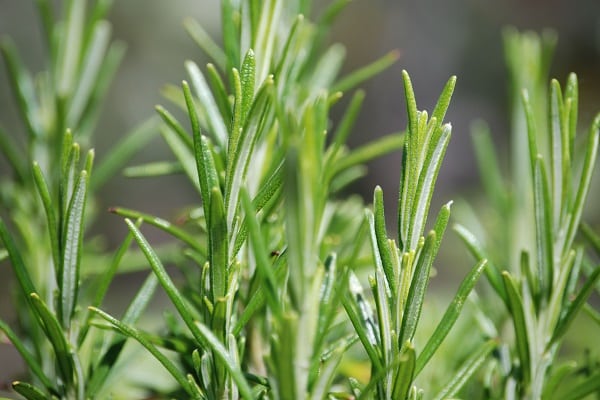
- planting containers (transparent plastic glasses with a volume of 0.5 liters are suitable);
- flower soil (neutral, slightly alkaline);
- vermiculite;
- seeds;
- lamp for additional lighting.
The soil is mixed with vermiculite (1: 1), moistened, slightly loosened the surface with a needle or a toothpick, and seeds are scattered over the surface.Before closing the containers with a transparent film, sprinkle a thin layer of vermiculite on top and moisten it from a spray bottle with water at room temperature.
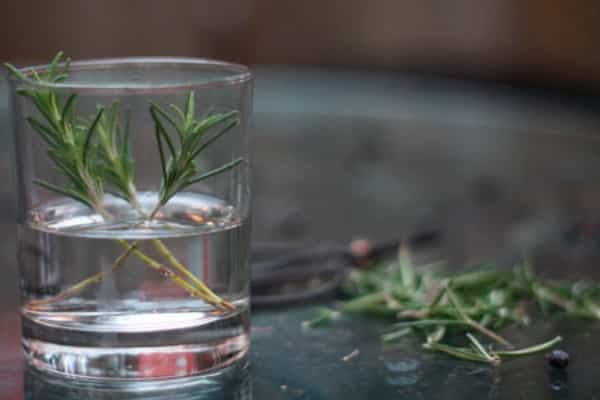
Cups with future seedlings are placed on a window (preferably south), after the sprouts appear, turn on the lamp. The backlight is needed in the morning, evening and in cloudy weather during the day. The soil must be periodically moistened. Seedlings dive into separate containers when the seedlings grow up.
Important! 2-3-month-old rosemary seedlings are planted in open ground, therefore, seeds should be sown at the beginning of February, the temperature for germination is from 25 ° C.
Vegetative breeding methods are easier to master. Most gardeners use cuttings. Cut the cuttings in the fall from an adult plant. The tip of the shoot is about 10 cm long. It must have at least 3 internodes. The lower part of the cutting is cleaned of leaves and placed in a stimulator for a few seconds.
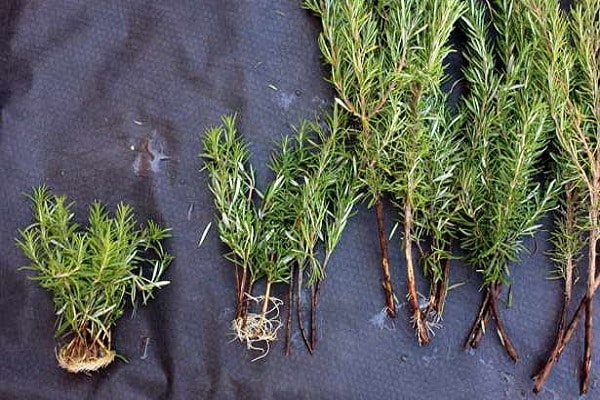
The cuttings are rooted in water or in a mixture of light soil and vermiculite. The second option is preferable. Until the roots appear, the container with cuttings is kept in a warm room. Avoid direct sunlight and maintain a constant moisture content in the substrate. A sign of rooting is the appearance of young leaves. Rooted shoots are planted in separate pots.
Cuttings are obtained from an adult rosemary bush. They can be formed from early spring to mid-July. The lower shoots of the bush are bent to the ground and pinned, sprinkling this place with earth. When the growth of leaves begins at the cutter, it is separated from the mother bush and transplanted to a permanent place.
Indoor rosemary is propagated by dividing an adult bush. In the fall, you can divide plants growing in the open field by transplanting them into pots for winter storage.
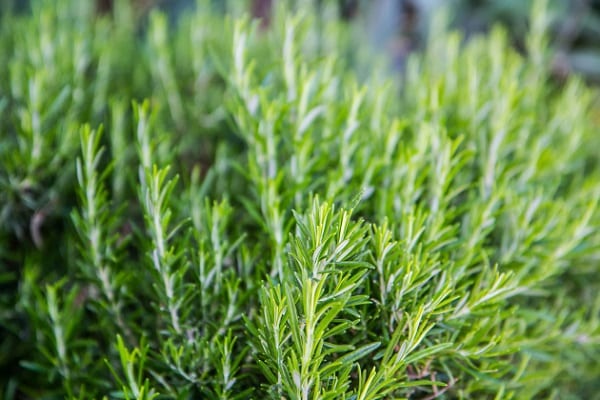
Landing
You can grow rosemary outdoors or as a pot culture at home. Seedlings grown by any of the methods described above are used as planting material.
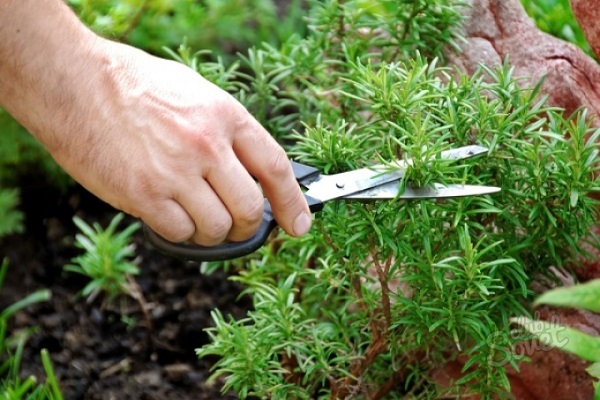
In the open field
Gardeners of the Leningrad Region begin to plant rosemary in the ground at the end of May. When choosing a place, the following rules are followed:
- lack of draft;
- no shade most of the day;
- drainage;
- loose soil.
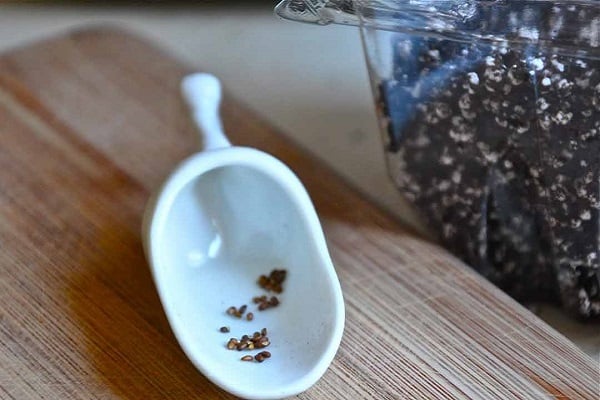
Large seedlings are placed according to the 50 * 50 cm scheme, small bushes - at a distance of 10 cm from each other. The planting hole is made according to the size of the root ball. The bush is not buried. It is recommended to pinch the tops of the shoots a few days after planting. This will increase the decorative effect of rosemary and will stimulate the formation of new shoots.
At home
Planting rosemary in pots for growing at home will be mastered by a novice florist. You will need:
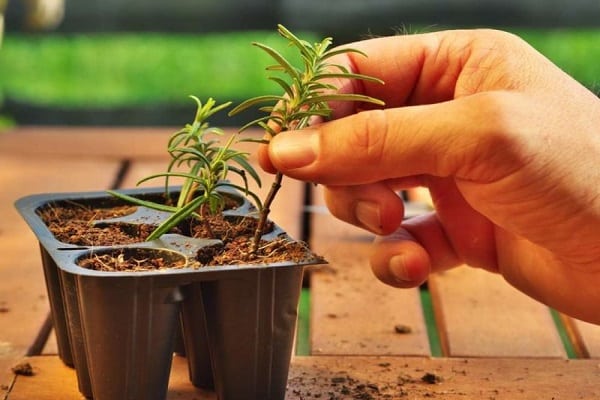
- pot (diameter 10 cm);
- expanded clay;
- priming.
It is optimal if the soil consists of the same parts of sod and leafy land with the addition of sand and humus. Many people prefer ready-made soil (universal), mixed 1: 1 with vermiculite.

Culture care
Caring for the crop in the ground and on the windowsill differs only in that the house plant must be periodically rotated so that the bush is evenly illuminated. In the spring, it is better to place a pot with a plant in the fresh air (terrace, loggia, balcony). All other procedures are identical. In addition to watering and fertilizing, rosemary bushes require formative pruning.
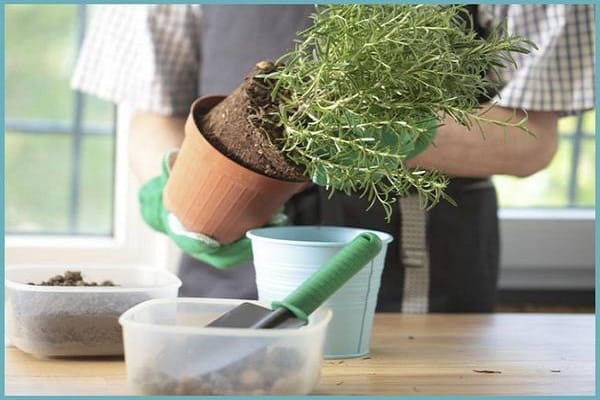
Watering
A moderately moist soil is required for root development. The appearance is badly affected by insufficient watering - the leaves on the lower shoots turn yellow. With excessive moisture, the plant sheds its leaves. Water only at the root. Loosening of the soil is required when growing rosemary in the open field.
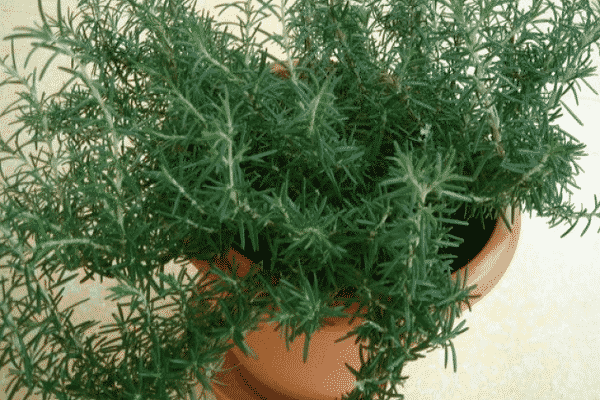
Top dressing
The rosemary growing in a pot begins to feed in March, and ends in September. Mineral fertilizers containing calcium are used.Street bushes are fertilized with the same complex preparations throughout the growing season. At the end of the season, nitrogen is excluded from top dressing, the emphasis is placed on products containing phosphorus.
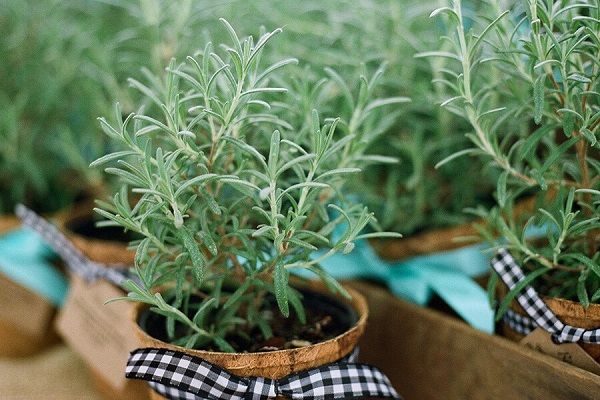
Diseases and pests
Do not be afraid of pests if the plant is healthy. It produces natural insecticides that repel pests. A weak, diseased plant is threatened by a spider mite, the appearance of a scale insect is possible.
With sharp fluctuations in temperature and humidity, the plant's immunity suffers. Leaf spot is one of the most common rosemary diseases. They fight it with preparations containing copper.
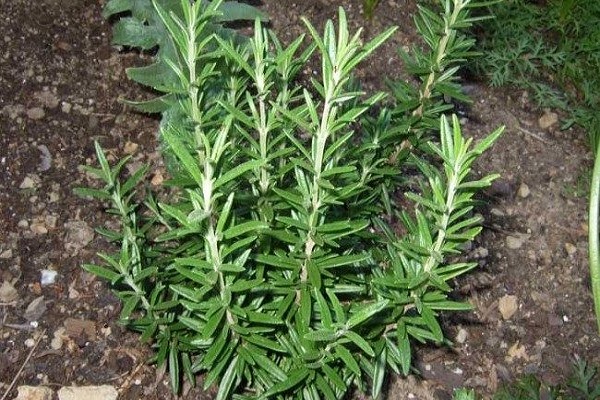
Harvesting
Flowering is harvest time. It lasts about 3 weeks. The flowers are small, blue-violet. Young, tender shoots go for harvesting, they are cut off while they are with flowers. The raw materials are dried and used to prepare home remedies.
